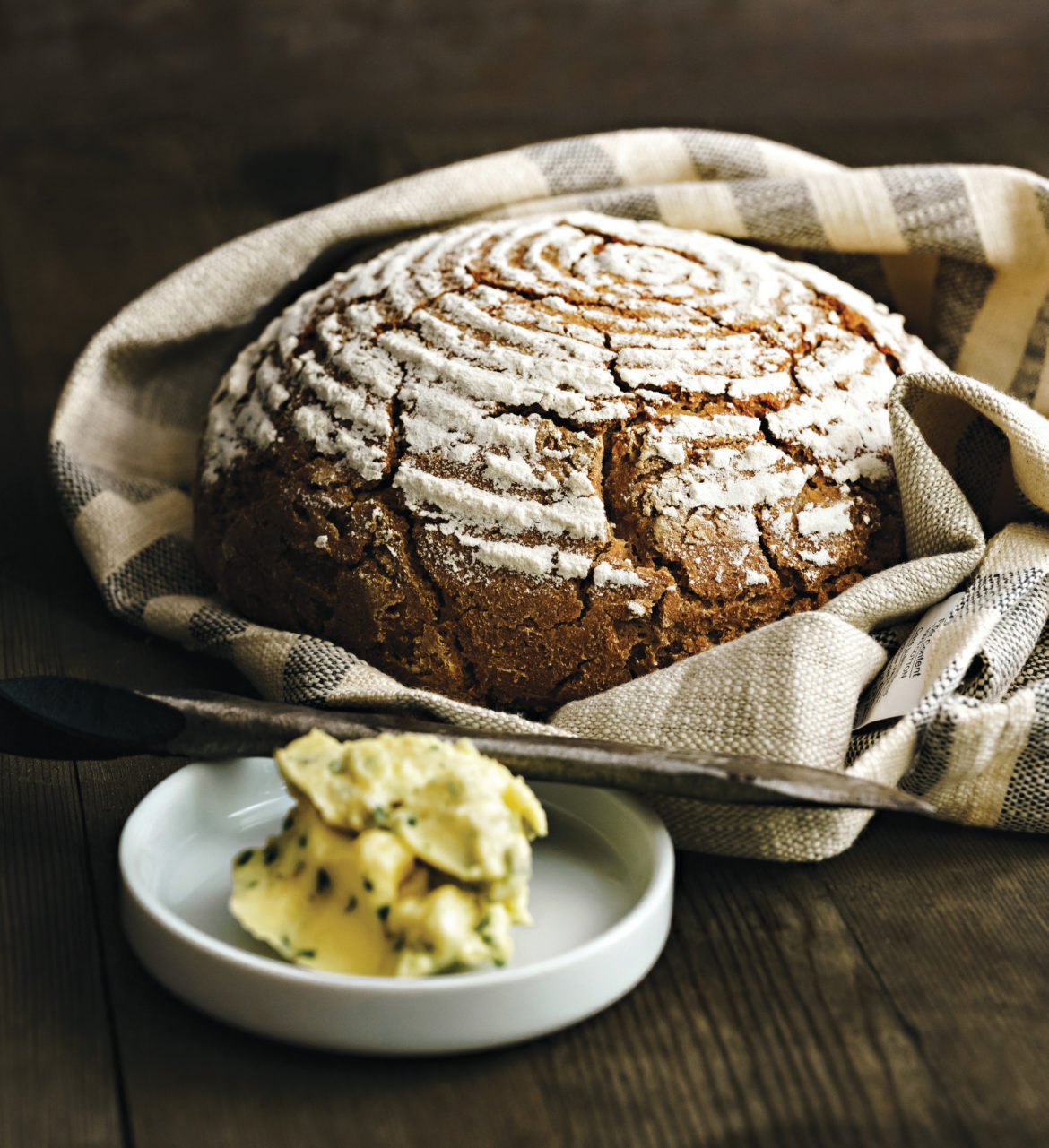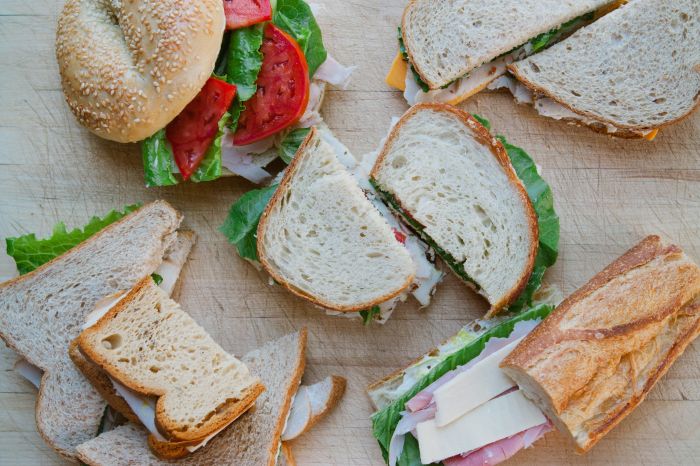written by Thor Erickson
photography by Tambi Lane
“I found a field of rye growing next to the Knott landfill!” my friend Hubert yelled into his cell phone with excitement. He continued talking with his thick German accent. “I am harvesting it now and will be over shortly.”
A retired geophysicist and university professor, Hubert looks more like a mash up between Brian May, the guitarist of the rock band Queen, and jolly old St. Nick.
Hubert, who rides his bicycle everywhere arrived at my house and quickly unpacked the harvested rye berries along with a bag of dirt. We ground the grains into a small bag of flour to be used for a sourdough starter and, due the location of where he found the rye, we packaged the dirt to be analyzed by Oregon State University.
Second to wheat, rye is my grain of choice when baking bread. Often referred to as “wheat’s crazy second cousin,” rye has gained recent popularity due to its lower gluten content. Rye hasn’t always been popular. Historically, rye was considered a weed and was used by Romans as a cover crop during winter months. Even the naturalist Pliny the Elder scoffed at using the grain for food, writing that it “is a very poor food and only serves to avert starvation.” Through the years, Europeans refined both the farming and the use of rye in foods and alcohol.
When the dirt sample results came back as “organic,” we harvested more and proceeded to experiment with different recipes. The result was a sourdough rye bread that is well worth the effort.
I Can’t Believe It’s Knott Rye Bread
Note: This recipe will take 4–5 days to complete—totally worth it!
PRE-DOUGH
- 4 tbsp Sourdough Starter (recipe below)
- 2½ cups Rye Flour
- 1½ cups Water
- 1½ tsp Salt
BREAD DOUGH
- 100% of the pre-dough from above, made the day before
- 3 cups Rye Flour
- 5½ oz Boiling Water
- 1½ tbsp Honey
- 1½ tsp Salt
MAKING THE SOURDOUGH STARTER
Use a 1-quart-sized container with enough room for the starter to triple in volume.
- Day 1: Mix 2 ounces of dark rye flour with 60 g of lukewarm, filtered water and set aside at 75°F for 24 hours.
- Day 2: Add 2 ounces of lukewarm, filtered water and 2 ounces of dark rye flour, mix and set aside at 75°F for about 18 hours.
- Day 3: Add 4 ounces of dark rye flour and 4 ounces of lukewarm, filtered water, mix and set aside in 75°F for about 18 hours.
- Day 4: Use for a sourdough or store in an airtight jar in the fridge.
The starter needs to be fed on a regular basis. Every 10 to 12 days you take it out of the fridge and feed it:
- Pour 3 ounces of warm water into a bowl.
- Add about ½ ounce of your starter to the water and mix.
- Add 3 ounces of flour to the bowl.
- Cover the bowl and let stand at 75°F for 24 hours.
- Put back into the jar and store in the fridge.
MAKING THE PRE-DOUGH
- Mix the Sourdough Starter with the 1½ cups water, salt and rye flour.
- Cover and place in a warm area at about 75°F for 24 hours.
MAKING THE BREAD DOUGH
- Put the 5½ ounces boiling water into a large bowl and add the rye flour, salt and honey and mix it all together.
- Now add the pre-dough that you started the day before. If your sourdough starter is rather young and the pre-dough seems to be not very active, add a little yeast (1 teaspoon) to the dough.
- Mix everything with your hands until all flour is incorporated.
- Cover and let rise for an hour or until it has increased its size by one third.
- Place a good amount of flour on a large board and put the dough on top of it.
- Begin folding the dough from the top to the center, rotate it 90° and again fold the top of the dough to the center. Continue to do this until you made it two to three times around.
- Dust a proofing basket or bowl with a thick layer of rye flour and put the dough into it. Let rise until it has almost doubled its size (about 1 hour).
- After the first 30 minutes: Preheat the oven to 500°F with the baking sheet in it.
- When the hour is over: Flip the bread onto the hot baking sheet and place it in the oven. Then reduce the heat to 450°F.
- Bake for about 60 minutes or until the bread has a dark brown color and sounds hollow if you knock on its bottom.
- Let the bread cool completely before cutting it. Even better: Wait one day to increase the taste.
This is a very dense, rustic, yet flavorful loaf. Enjoy this sliced and lightly toasted with butter and fresh garden herbs or use it to create open faced sandwiches. Perfect for a late summer picnic.









